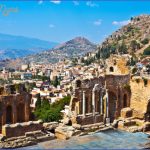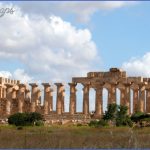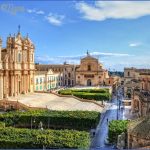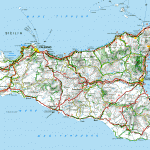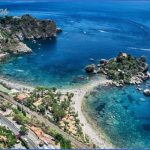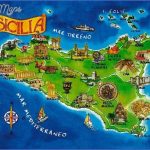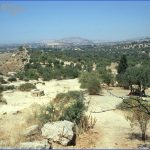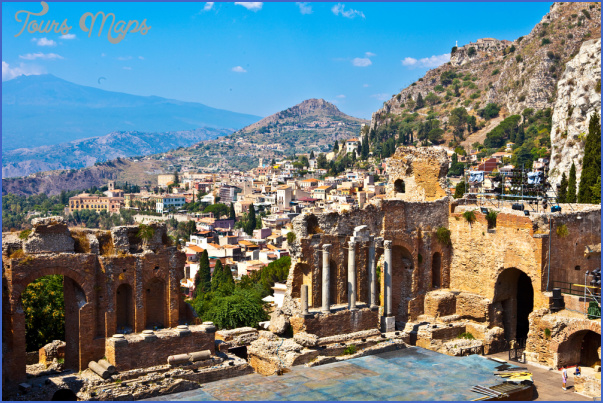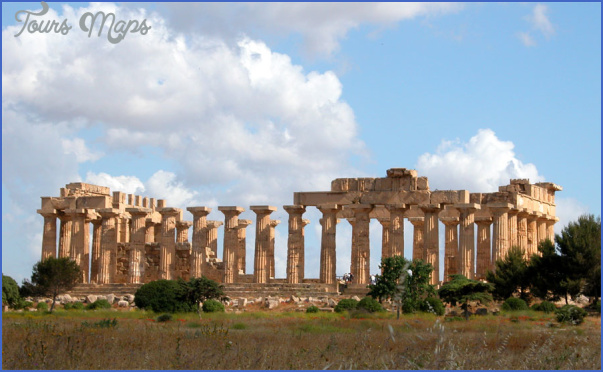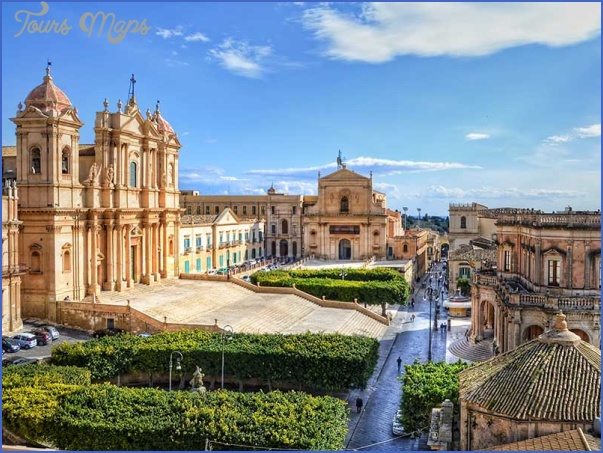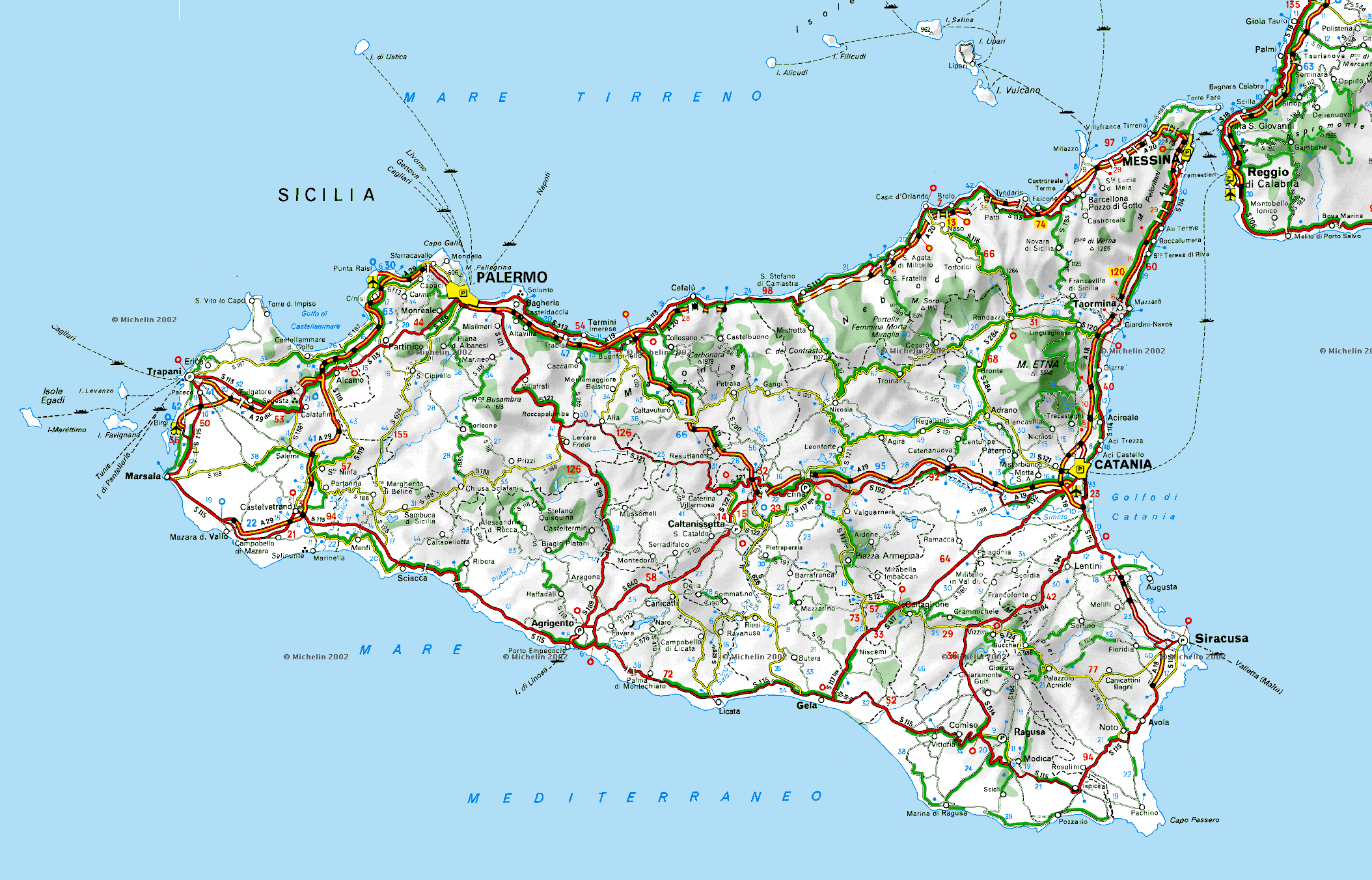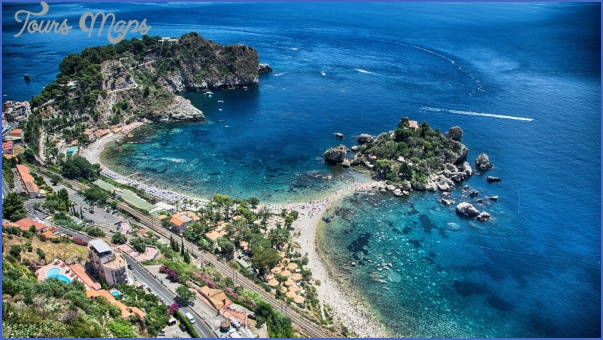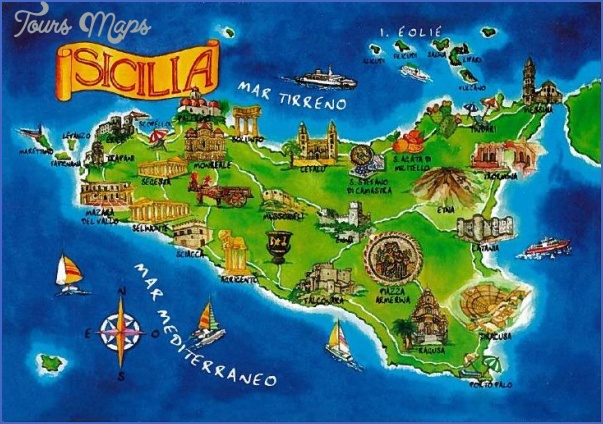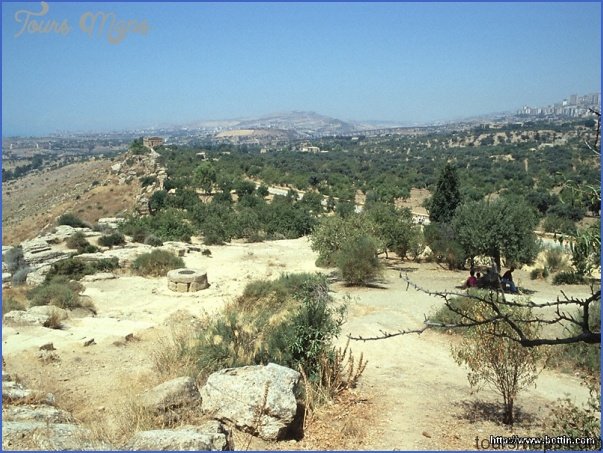SICILY (SICILIA)
Sicily is a land of sensuous sunshine and sinister shadows. Ancient Greek influences lauded the golden island as the second home of the gods; now eager tourists seek it as the home of The Godfather. While the Cosa Nostra remains a presence in Sicily, it makes up only the smallest part of the vivacious and varied culture.
TRANSPORTATION
Tirrenia Ferries ( 091 33 33 00) offers extensive service. From southern Italy, take a train to Reggio di Calabria, then a NGI or Meridiano ferry (40min.; NGI: 10-12 per day, ‚0.55; Meridiano: 11-15 per day, ‚1.55) or Ferrovie Statale hydrofoil (096 586 35 40) to Messina, Sicily’s transport hub (25min. 12 per day, ‚2.60). Ferries also go to Palermo from Sardinia (14hr. ‚42) and Naples (10hr. 2 per day, ‚38). SAIS Trasporti (091 617 11 41) and SAIS buses (091 616 60 28) serve destinations throughout the island. Trains head to Messina directly from Naples (4Vyir. 7 per day, ‚22) and Rome (9hr. 7 per day, ‚30). Trains continue west to Palermo (3V4hr. 15 per day, ‚11) via Milazzo.
From twisting streets lined with ancient ruins to the shrinking shadow of organized crime, gritty Palermo (pop. 700,000) is a city whose recent history provides shade and texture to a rich cultural heritage. To get to the magnificent Teatro Massimo, where the climactic opera scene of The Godfather: Part III was filmed, walk up V. Maqueda past the intersection of Quattro Canti and C. Vittorio Eman-uele. (Open Su and Tu-Sa 10am-5:30pm. ‚3.) Up C. Vittorio Emanuele, the Palazzo dei Normanni contains the iiCappella Palatina, full of incredible golden mosaics. (Open M-Sa 9am-noon and 3-4:45pm, Su 9-10am and 11:15am-lpm.) The morbid Cappuchin Catacombs, in P. Cappuccini, are only for the strong of stomach. Eight thousand corpses and twisted skeletons line the underground labyrinth. To get there, take buses #109 or 318 from Stazione Centrale to P. Indipendenza and then transfer to bus #327. (Open daily 9am-noon and 3-5:30pm. ‚1.50.)
Trains leave Stazione Centrale, in P. Giulio Cesare, at V. Roma and V. Maqueda, for Florence (16hr. 3 per day, ‚46) and Rome (llhr. 8 per day, ‚42). All four bus lines run from V. Balsamo, next to the train station. After purchasing tickets, ask exactly where your bus will arrive and its logo. Ask at an AMAT or Metro information booth for a combined Metro and bus map. The tourist office, P. Castelnuovo 34, is opposite Teatro Politeama; from the train station, take a bus to P. Politeama, at the end of V. Maqueda. (091 605 83 51; www.palermo-tourism.com. Open June-Sept. M-F 8:30am-2pm and 2:30-6pm, Sa-Su 9am-lpm; Oct.-May. M-F 2:30-6pm.) Homey Hotel Regina , C. Vittorio Emanuele 316, is off V. Maqueda. (091 611 42 16; fax 091 612 21 69. Singles ‚21, with bath ‚35; doubles ‚4050.) The area around Teatro Massimo has a variety of cheap restaurants. Postal Code: 90100.
SYRACUSE (SIRACUSA)
Never having regained the glory of its golden Grecian days, the modem city of Syracuse (pop. 130,000) takes pride in its extraordinary ruins. Syracuse’s onetime role as one of the most powerful cities in the Mediterranean is still evident in the Archaeological Park, on the north side of town, which includes several sites. The enormous Greek theater is where 20,000 spectators watched Aeschylus premiere his Persians. To reach the well-preserved 2nd-century Roman amphitheater, follow C. Gelone until it meets V. Teocrito, then walk left down V. Augusto. (Open in summer daily 9am-7pm; off-season reduced hours. ‚4.50.) More ruins lie over the Ponte Umbertino on
SICILY SICILIA Photo Gallery
Maybe You Like Them Too
- Explore Les Accates, France with this Detailed Map
- Explore Góra Kalwaria, Poland with this detailed map
- Explore Gumdag, Turkmenistan with this detailed map
- Explore Telfes im Stubai, Austria with this detailed map
- Explore Langenselbold, Germany with this detailed map

